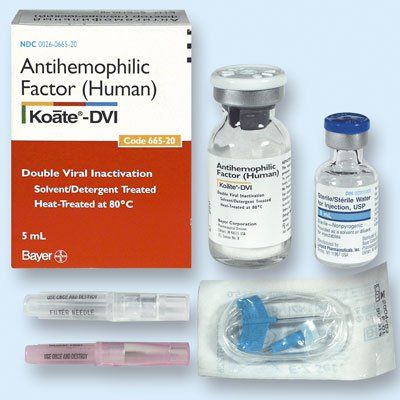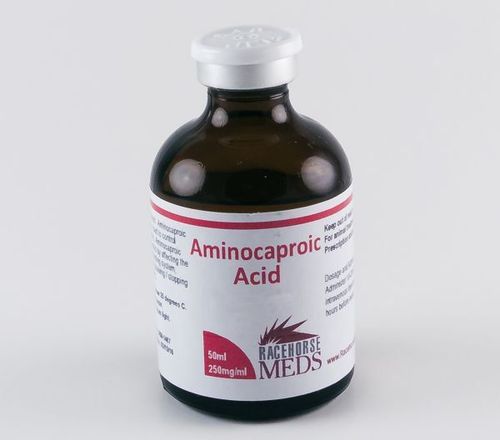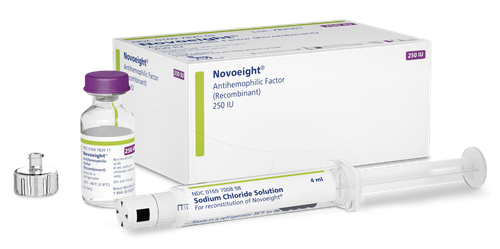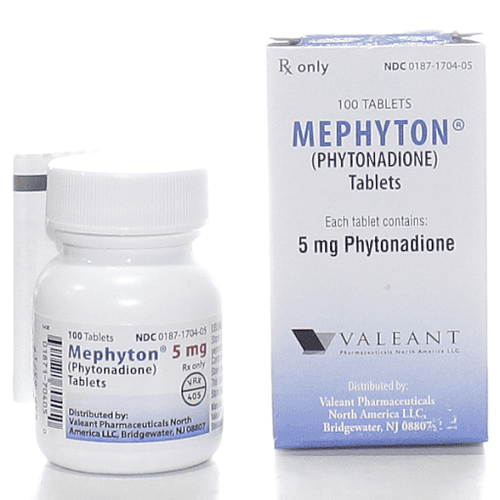This is an automatically translated article.
In clinical practice of many specialties, coagulopathy - hemostasis is a disease that can be encountered at any time. Appropriate coagulation testing will help assess the type and extent of abnormalities, which is also what coagulation testing means.1. Coagulation Test Overview
Coagulation - hemostasis mechanism consists of 3 main components: vasoconstriction, platelets in the endothelium create hemostasis plugs and activate the coagulation process. In particular, the last factor is also divided into 3 pathways of endogenous coagulation, exogenous coagulation and general coagulation.
Complete coagulation tests are tests that correspond to each stage of the above process, such as primary hemostasis, plasma coagulation, and fibrinolysis. Currently, almost all blood clotting tests are conducted by automated machines under the supervision of qualified doctors. There are two main types of testing, basic and advanced (intensive).
Basic generalization tests are used in most hospitals and will give results for bleeding time, ligature test, or clot contraction. Basic tests help doctors make a more accurate diagnosis when detecting abnormal hemostasis in the early period due to vitamin C deficiency, decreased platelet quality and quantity, as well as coagulopathy syndromes.
In-depth coagulation tests include:
In-depth tests for adhesion function as well as for platelet aggregation. Tests APTT, PT, TT, fibrinogen, platelet count are used to evaluate plasma coagulation. The mix test detects the presence of an inhibitor. Blood clotting factor activity test.
2. Indication of a reasonable coagulation test
Procedures for ordering a reasonable coagulation test include:
Performing initial tests : Including tests to evaluate the exogenous (prothrombin time) and endogenous (partial thromboplastin time) clotting pathways activation), as well as assessment of the overall pathway (Thrombin time) and platelet count. Analysis and evaluation of first round results: Based on long, normal or low values to diagnose pathology or give an indication to continue testing round 2. Do round 2 probes: Mainly intended to quantify the roman factor in the coagulation scheme or to evaluate bleeding time and a number of other related findings. Diagnosis of coagulation disorders: Identify the type of disorder, the degree of the disorder, detect bleeding characteristics, comorbidities... It is necessary to properly evaluate the results of basic coagulation tests to have a treatment plan. suitable follow-up. Indicating a reasonable coagulation test will accurately indicate whether the patient's blood clotting status is working properly or not. This is a necessary process in case the patient needs surgery or needs to stop bleeding.
3. Significance of coagulation test

Suy giảm thị lực đột ngột là biểu hiện của rối loạn đông máu
3.1. Find out the cause of abnormal bleeding
Thanks to coagulation tests, it is possible to detect or rule out a cause in patients who are not taking anticoagulants, but have signs or symptoms of a bleeding disorder. Some abnormal bleeding symptoms that are often ordered by a doctor to be tested are:
Nosebleeds Bleeding gums Bruises for unknown reasons Menstrual or menorrhagia Blood in urine or stools Arthritis caused by Bleeding in the joint Sudden loss of vision
3.2. Selecting a treatment regimen based on results
The first step used by the doctor when encountering the above cases is to collect information on examination of clinical symptoms, as well as carefully exploit the patient's and family's history of abnormal bleeding. However, just based on observations and patient reports is not enough to draw accurate conclusions about blood clotting disorders. Therefore, the indication to perform a coagulation test and evaluate the results plays a very important role in the diagnosis.
Through this technique, the doctor will soon know the status and progress of the blood clotting disorder that the patient is having accurately. As a result, providing a treatment plan is also more effective, because if the diagnosis is wrong or omission in medical examination and treatment, it will directly affect the patient's condition.

Chảy máu bất thường là biểu hiện của rối loạn đông máu
3.3. Some other functions
Usually, the doctor will order a coagulation test - hemostasis before surgery to help evaluate the patient's blood clotting status, thereby making a decision whether to proceed with surgery or not, or predict some situations requiring attention.
Moreover, coagulation test also helps to assess the progression of liver diseases such as cirrhosis and impaired liver function, abnormal manifestations in the kidneys, heart, marrow, ... or some other syndromes associated with coagulopathy.
Complete coagulation testing can be done in both adults and children, before surgery or in the postoperative period if necessary. Indicating a reasonable coagulation test requires a highly specialized sequence of steps with the evaluation of test results. Finding the cause, investigating the condition and monitoring the progress of the disease, as well as making the correct diagnosis and treatment plan are the implications of coagulation testing.
Please dial HOTLINE for more information or register for an appointment HERE. Download MyVinmec app to make appointments faster and to manage your bookings easily.













